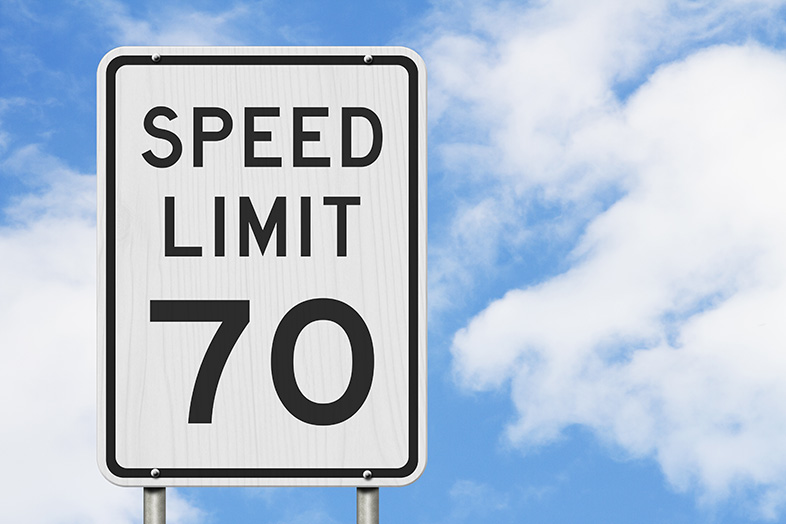
In 2015, Wisconsin raised the speed limit on most interstate highways to 70 mph. More than a year later, we know that this increase has made transportation more convenient and efficient, but how has the change affected safety on some of the state's busiest roads?
The short version: it's not good. Since the change went into effect, there has been not only a rise in the numbers of accidents and injuries on these highways, but also a significant jump in the number of fatalities that occur in these accidents.
Wisconsin's Dangerous Interstates: By The Numbers
A recent examination of the numbers by the Milwaukee Journal Sentinel and a look at fatality reports provided by the Wisconsin Department of Transportation reveal that in the one-year span between June 1, 2015, and May 30, 2016:
- Accidents on the interstates rose by 12 percent.
- Injuries from those accidents rose at nearly the same rate (11 percent).
- Interstate fatalities in Wisconsin increased by 37 percent.
- Through just nine months, there have already been more fatal crashes in Wisconsin in 2016 than in any single year going back to 2011 (with the exception of 2012).
- 2016 is on track to outpace the five-year average for fatal crashes by 39 percent and the average rate of fatalities by 42 percent.
The Journal Sentinel does point out that it is difficult, if not impossible, to blame the higher speed limit for these increased numbers due to the variety of other factors that contribute to these accidents. These factors include distracted driving, an increase in teen drivers and even lower gas prices.
Mirroring A National Trend
Further complicating the interpretation of this data is the fact that fatalities have increased nationally in 2016. This is true in states with the same speed limit as Wisconsin as well as those with differing laws regarding interstate speed restrictions.
Early data provided by the National Safety Council (NSC) shows that there has been a 9 percent increase in motor vehicle-related deaths in the United States in 2016. This continues an upward trend that began in (2015, when fatalities were up 8 percent over 2014.
While Wisconsin has, thankfully, not been affected by this increase in fatalities as much as states such as Florida, Georgia, Indiana and California (all had 30-plus percent increases statewide, not just on interstate highways), the jump that we're seeing this year is extremely concerning.
The Danger Is Real. Here Is How You Can Stay Safe.
Whether or not the higher speed limit on Wisconsin's interstates is the key cause of the increase in accidents, the fact that accidents and fatalities have increased needs to be addressed. It remains to be seen if this means scaling back the speed limit, imposing harsher consequences for texting and driving or any other course of action. But the danger is real, and something must be done to prevent the fatality and injury rate from continuing to climb even higher.
Until a broader answer to reducing the fatality rate is discovered, here are some things that you and your family can do to stay safe on the road:
- Drive defensively. It's important to realize that even if you're a good driver who drives carefully, others may not be. Defensive driving strategies will help you remain safe if you encounter a careless driver or other find yourself in a tricky driving situation.
- Commit to avoiding distracted driving. In our digital age, cellphones and other devices are everywhere. But they shouldn't be in the hands of a driver, and others using phones in the car shouldn't take the driver's attention off the road.
- Plan enough time for your trip. The 70 mph speed limit allows you to get places faster if you are using the interstate. But you need to avoid planning trip times as though you can drive 70 mph on every road (you can't), and you shouldn't make speeding a time-saving strategy.